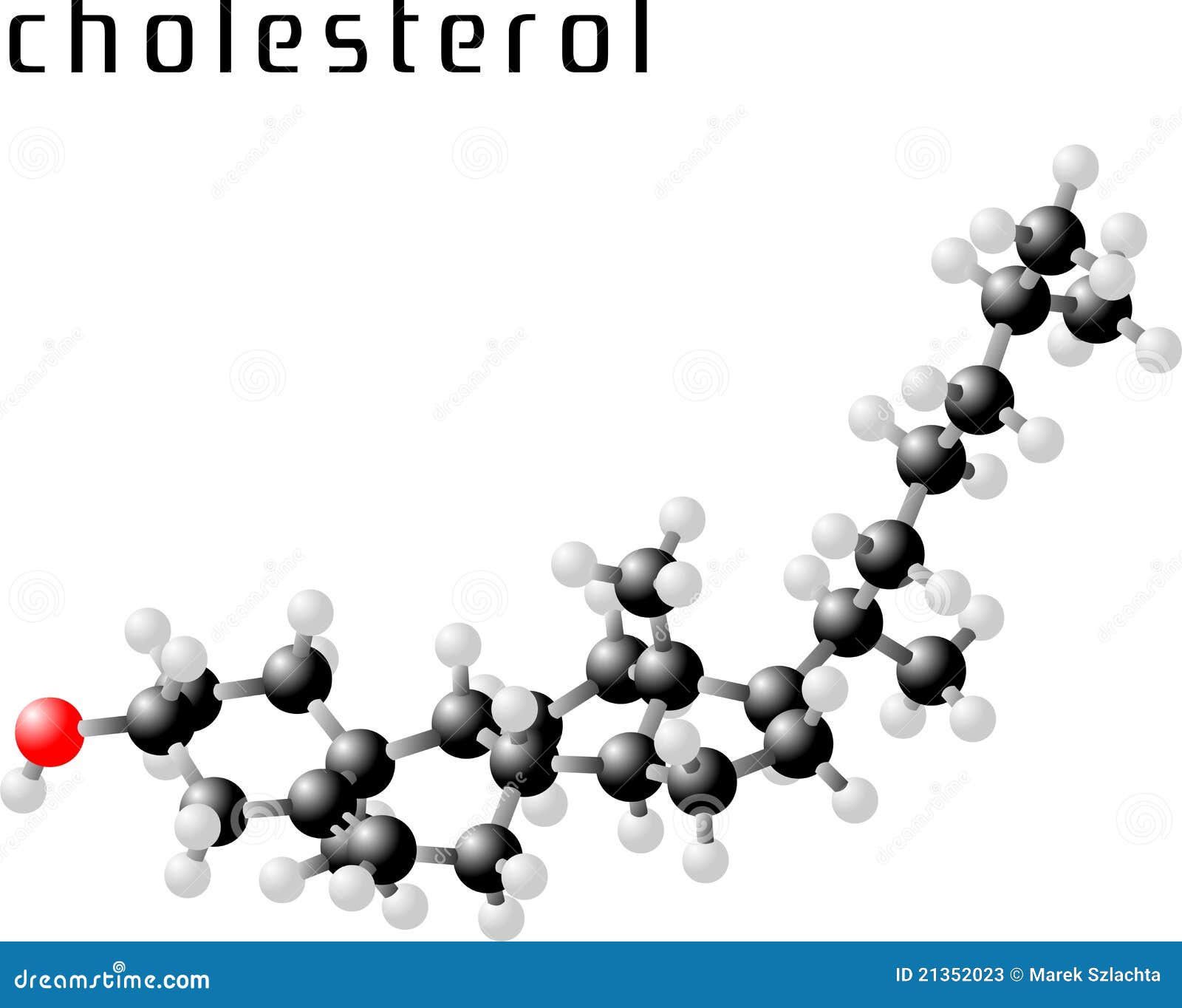 So you just found out you have high cholesterol. Well, you're not alone. In 2006, 21% of U.S. adults had elevated LDL (low-density lipoprotein or "bad cholesterol").
So you just found out you have high cholesterol. Well, you're not alone. In 2006, 21% of U.S. adults had elevated LDL (low-density lipoprotein or "bad cholesterol").
Before we get started, let's clarify some terminology. When doctors talk about your cholesterol, they are actually referring to molecules in your blood that transport cholesterol, LDL ((low-density lipoprotein or "bad cholesterol") and HDL (high-density lipoprotein or "good cholesterol"). You can think of LDL as a transporter that deposits cholesterol in your arteries and clogs them up. HDL is also a transporter, but its job is to clean up cholesterol out of your arteries and take it to your liver. So the more LDL you have, the more gunk is being deposited in your arteries and the more HDL, the more your arteries are being cleaned up.
Why do we care about "cholesterol" or more accurately LDL and HDL? There is good evidence that high levels of LDL and low levels of HDL cholesterol are important risk factors for heart disease. There is also a continuous positive relationship between total plasma cholesterol concentration and ischemic heart disease. Heart disease is the #1 cause of death in the United States.
When considering your risk for having a heart attack in the next 10 years, there are 6 key factors to consider:
1. Age
2. Gender (Men are at greater risk than women)
3. Total Cholesterol (HDL + LDL + 20% of triglyceride level)
4. HDL Cholesterol
5. Smoking status
6. Your systolic blood pressure
Obviously some of these risk factors can not be modified. You can't change your age despite how much you wish you were still 27. Other risk factors like cholesterol levels, smoking status, and blood pressure are very much within your ability to change for the better. We'll focus on what you can do to reduce risk for a heart attack by optimizing your cholesterol levels. It is estimated that each 1.8 mg/dL decrease in LDL reduces the risk of a cardiovascular event by 1%.
 You Are What You Eat
You Are What You EatSaturated fatty acids (SFA) directly contribute to raising LDL levels. The major sources of SFA in the United States are fatty red meats and full-fat dairy products. Tropical oils, including palm oil, palm kernel oil, and coconut oil, also are high in SFA.
The most beneficial changes in LDL levels result from reducing intake of saturated and trans fats; increasing consumption of plants (vegetables); eating tree nuts (Tree nuts include almonds, Brazil nuts, cashews, chestnuts, filberts/hazelnuts, macadamia nuts, pecans, pistachios, and walnuts...but watch out! Nuts are high in calories, so if you start eating more nuts, make sure you're getting rid of something bad in your diet like the cheeseburger Bart is eating to the right so you don't increase your total number of calories consumed); and adopting a Portfolio, Mediterranean, or low-carbohydrate diet (carbohydrates should be replaced with vegetables and healthy fats/proteins like nuts and beans, not bacon and steak!).
Portfolio Diet: A study in The Journal of the American Medical Association (Aug.24/31, 2011) found that a vegetarian diet emphasizing a “portfolio” of cholesterol-lowering foods did a better job of reducing low-density lipoprotein — the so-called “bad” cholesterol — than a low-saturated-fat vegetarian diet.
http://www.health.harvard.edu/newsletters/Harvard_Womens_Health_Watch/2011/November/what-foods-are-included-in-the-portfolio-diet
Mediterranean Diet: http://www.mayoclinic.org/healthy-living/nutrition-and-healthy-eating/in-depth/mediterranean-diet/art-20047801
DIETARY FACTORS THAT INCREASE LOW-DENSITY LIPOPROTEIN-CHOLESTEROL
Saturated Fatty Acids
Compared with a baseline or Western diet, reducing saturated fat intake to 7 percent of total calories and limiting cholesterol to 200 mg per day reduce LDL cholesterol levels by 9 to 12 percent.
Simple ways to reduce saturated fat in your diet
1. Reduced fat milk, not whole milk
2. low-fat cheese
3. Extra lean ground beef (or no beef at all!)
4. frozen yogurt instead of ice cream (watch the sugar content!)
5. Roasted chicken instead of fried
Eliminating Trans Fats
The most common sources of Trans fats are:
1.Cakes, cookies, crackers, pies
2. Animal products
EXERCISE!
Regular aerobic exercise has beneficial effects on lipid levels, particularly if performed for at least 120 minutes per week.
What's the bottom line???
If you have bad cholesterol levels, you are at risk of heart attack or stroke. What should you do? Eat more plants/vegetables and less meat, carbs, and fatty foods. Exercise too! If your doctor recommends, a cholesterol lowering medication called a statin may also be beneficial.
Sources:
Kelly RB. Diet and exercise in the management of hyperlipidemia. Am Fam
Physician. 2010 May 1;81(9):1097-102. Review. PubMed PMID: 20433126.
Tangney, CC; Rosenson, RS. Lipid lowering with diet or dietary supplements. In: UpToDate, Post TW (Ed), UpToDate, Waltham, MA. (Accessed on July 21, 2014.)



No comments:
Post a Comment